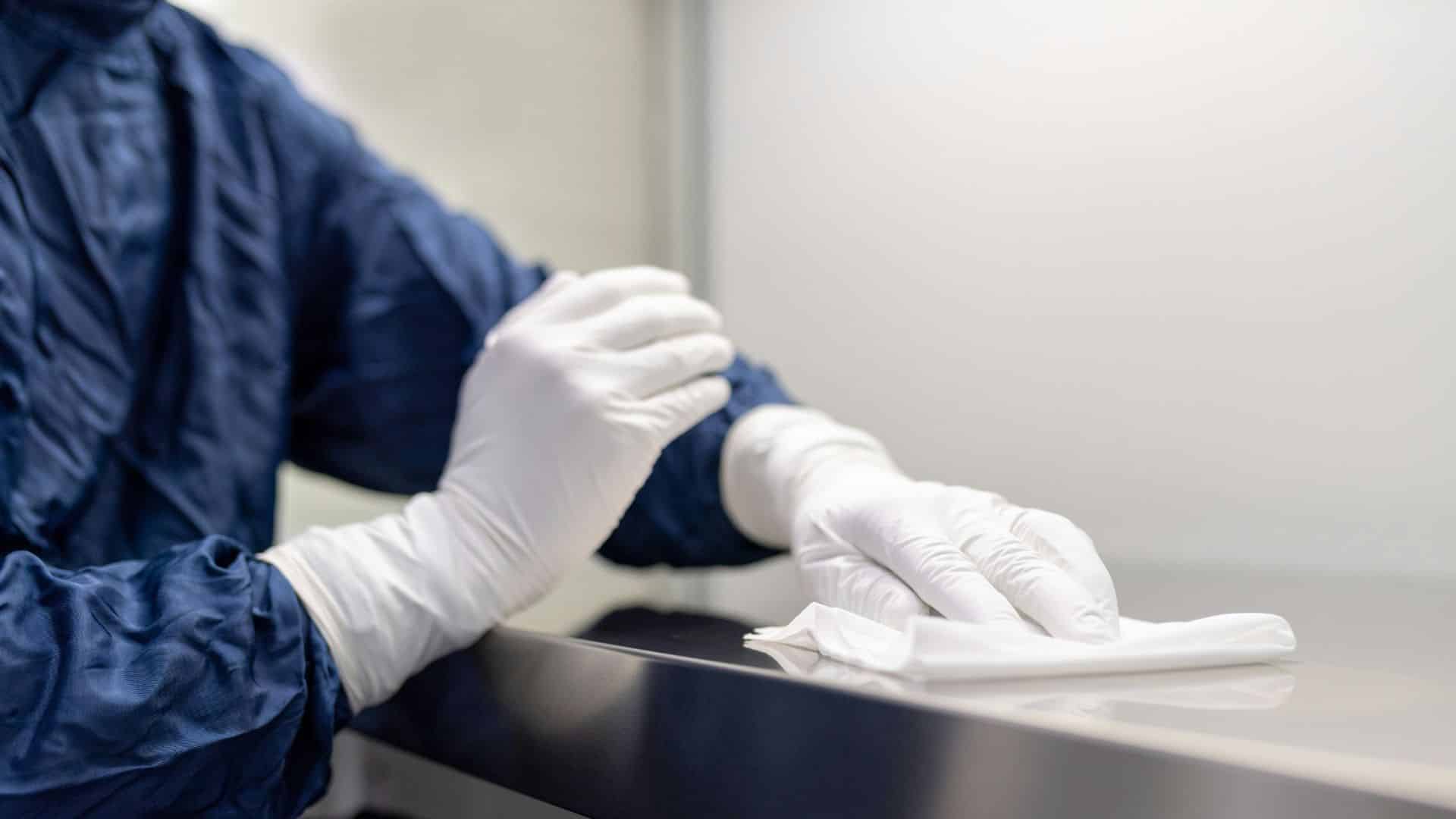The cleaning needs of wet and dry plants differ significantly, and a one-size-fits-all approach often falls short. Both wet and dry food processing plants face challenges that can lead to contamination if not addressed. Without proper commercial cleaning practices, these issues can lead to serious hygiene problems and compliance violations.
The solution lies in adapting commercial cleaning practices to each environment. Ensure your hygiene compliance with real-world solutions.
Understanding the Differences Between Wet and Dry Processing Plants
Wet plants involve the processing of moist products. This includes industries such as poultry processing, dairy manufacturing, and other sectors where products contain high moisture content throughout production.
Key hygiene risks in a wet plant environment, due to the high moisture content, include bacterial growth and biofilm formation.
Dry plants focus on processing dry products, such as grains, cereals, powdered foods, and other low-moisture solid materials. Although these environments are less susceptible to waterborne contaminants, they still face unique hygiene challenges.
Key hygiene risks in a dry plant environment include dust and airborne contaminants, which can contribute to mould, fungal spores, and contamination.
Hygiene Challenges Unique to Wet Plants
- Bacterial growth from moisture: When the water management procedure is incorrect, wet plants create the ideal conditions for bacteria to thrive. Food safety is critical in food processing, so commercial cleaning is needed to mitigate product contamination.
- Biofilm formation: Biofilms are clusters of bacteria adhering to surfaces in a slimy layer, forming when moisture lingers on surfaces. These can harbour harmful bacteria and increase cleaning complexity, requiring specialised methods for eradication.
- Drainage and water management: Effective drainage systems and water management are crucial for preventing stagnant water, which is a breeding ground for bacterial growth. Regular commercial cleaning and maintenance are even more essential in a wet plant environment.
Hygiene Challenges in Dry Processing Environments
- Dust accumulation: In dry plants, fine particulate matter from materials such as grain, flour, and other dry goods can easily accumulate. Without regular commercial cleaning, this can become a serious hygiene issue, leading to contamination.
- Fungal spores: Dry environments can promote mould growth when humidity levels fluctuate. These spores can spread easily and compromise product quality.
- Contamination risks from lack of moisture: Equipment, storage containers and bins, floors, walls, packaging materials, air ducts and vents can all harbour microorganisms that thrive in dry conditions. These microorganisms may not grow as aggressively as those in wet environments, but they can still pose a significant risk to the final product.
Tailored Cleaning Solutions for Wet Plants
An open plant cleaning system thoroughly cleans equipment and floors through high-pressure washdowns, effectively removing process contaminants that regular cleaning procedures may overlook.
Our tailored approach involves foam cleaning, using a foam system with an automatic dosing unit. The foam is applied to all surfaces in the production area and then left to work. After a certain period, the foam layer is rinsed.
Strict sanitisation protocols include post-treatment with a disinfectant. An antibacterial product is sprayed over the relevant surfaces. An additional rinse with clean water may be necessary to ensure the disinfectant is completely removed.
Drainage systems and floors in wet plants need constant attention. Cleaning these areas removes organic material and prevents moisture buildup that could promote the growth of bacteria or biofilm.
Tailored Cleaning Solutions for Dry Plants
Dry sweeping is essential for removing dust without spreading it further, but wet cleaning methods may be necessary in certain areas. It’s important to find the right balance between the two to avoid moisture accumulation in sensitive areas.
For areas with high dust levels, using HEPA vacuums ensures that fine particles are removed, preventing contamination and promoting air quality.
Dry plants require a certain level of humidity control to reduce the risks of fungal spore growth. Dry plant cleaning uses targeted sanitisation to ensure surfaces remain free from contaminants.
Choosing the Right Cleaning Partner for Your Plant Type
Selecting a cleaning partner with industry-specific expertise is critical for maintaining plant hygiene. A one-size-fits-all approach simply won’t do.
A cleaning company with experience in your industry will understand the specific hygiene risks you face. Whether it’s bacteria in a wet environment or dust in a dry one, a tailored approach is crucial for keeping operations running smoothly.
Advanced Cleaning Services (ACS) has over 25 years of experience in meeting the unique cleaning needs of wet and dry plants. Our specialised commercial cleaning methods ensure your facility gets the attention needed to maintain hygiene and regulatory compliance.
Final Thoughts
Effective commercial cleaning solutions are essential for ensuring the safety and quality of your products. Addressing challenges ranging from bacterial growth in wet environments to dust and spore contamination in dry plants requires a deep understanding of the plant type and specialised cleaning practices.
Advanced Cleaning Services offers tailored cleaning solutions for wet and dry plants, ensuring your facility is always compliant, safe, and hygienic. Contact us to discuss how we can support your plant’s unique hygiene needs.



